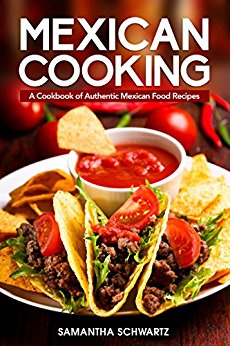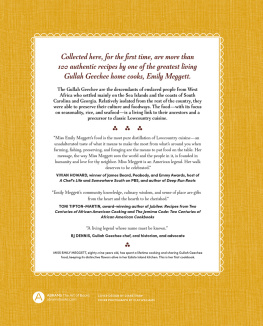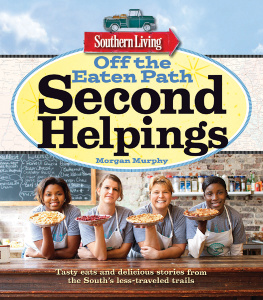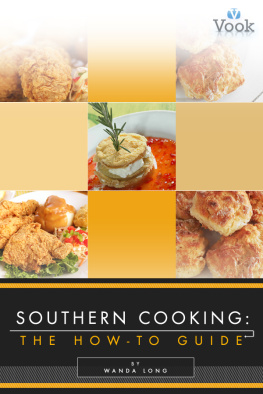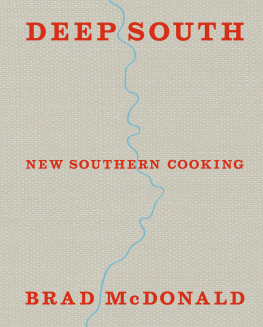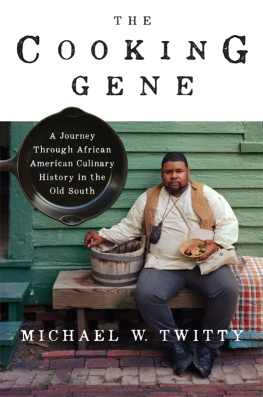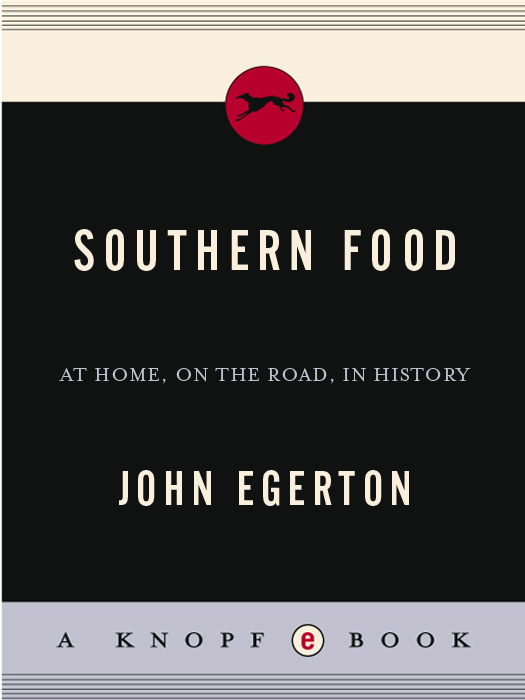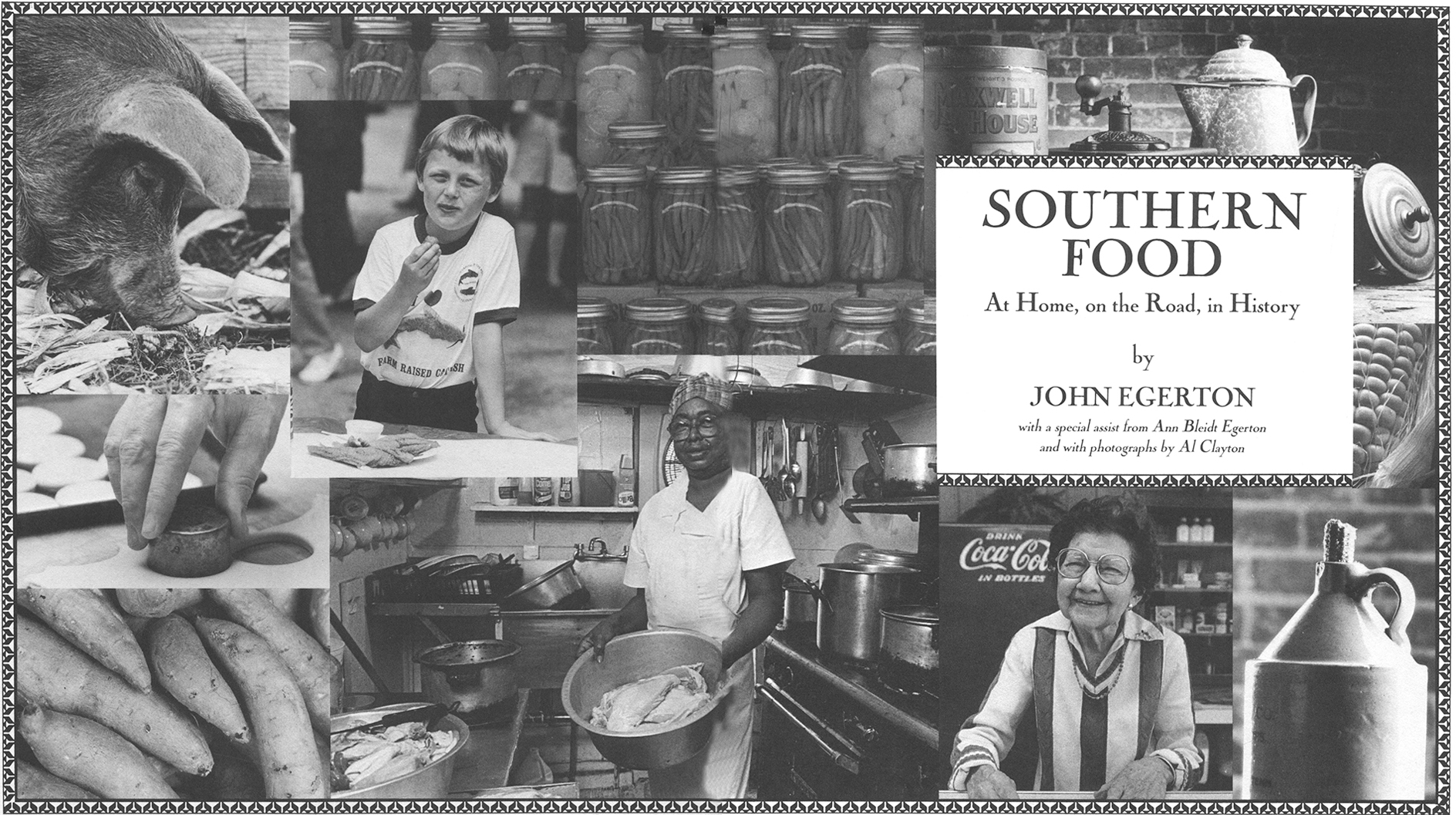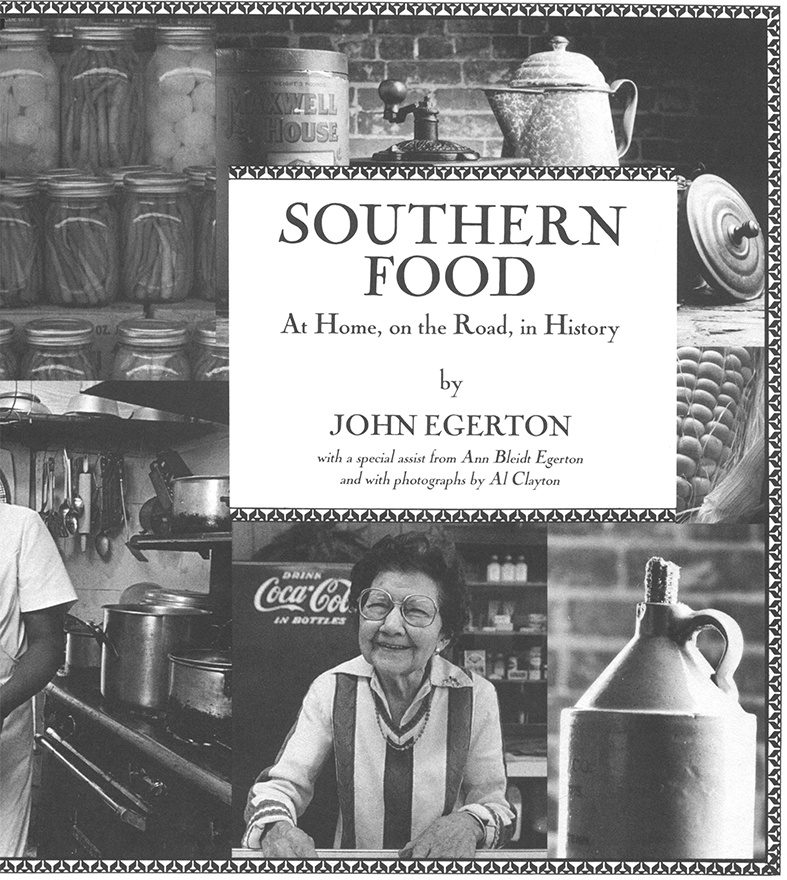
 This is a Borzoi Book Published by Alfred A. Knopf, Inc.
This is a Borzoi Book Published by Alfred A. Knopf, Inc.
Copyright 1987 by John Egerton.
All rights reserved under International and Pan-American Copyright Conventions.
Published in the United States by Alfred A. Knopf, Inc., New York, and simultaneously in Canada by Random House of Canada Limited, Toronto.
Distributed by Random House, Inc., New York. All photographs by Al Clayton. Used by permission.
Copyright by Al Clayton. All rights reserved.
Grateful acknowledgment is made to the following for permission to reprint previously published material:
American Heritage: Excerpts by Marshall Fishwick from The American Heritage Cookbook and Illustrated History of American Eating and Drinking by the editors of American Heritage. Copyright 1964 by American Heritage Inc. Arkansas Gazette: Excerpts from the Arkansas Gazette by Max Brantley, June 21, 1977; Mike Trimble, April 15, 1979; and Stephen Steed, January 12, 1986. Asheville Citizen-Times Publishing Company: Excerpts from Mountain Cooking by John Parris. Copyright 1978 by John Parris. Colonial Publishers: Poem by Ogden Nash from his Introduction to The Savannah Cookbook. Copyright 1933 by Colonial Publishers. Copyright renewed 1960 by Colonial Publishers. Reprinted by permission of Colonial Publishers, P.O. Box 112, Charleston, SC 29402. Dodd, Mead & Company, Inc.: When De Con Pones Hot from The Complete Poems of Paul Laurence Dunbar by Paul Laurence Dunbar. Reprinted by permission of Dodd, Mead & Company, Inc. Harcourt Brace Jovanovich, Inc. and Harold Matson Co., Inc.: Excerpt from A Stroke of Good Fortune from A Good Man Is Hard to Find by Flannery OConnor. Copyright 1953 by Flannery OConnor. Copyright renewed 1981 by Mrs. Regina OConnor. Reprinted by permission of Harcourt Brace Jovanovich, Inc. and Harold Matson Co., Inc. Little, Brown and Company and International Creative Management: The poem Song to Grits from One Fell Soup: or, Im Just a Bug on the Windshield of Life by Roy Blount, Jr. Copyright 1975 by Roy Blount, Jr. First appeared in Eastern Airlines Pastimes. Reprinted by permission of Little, Brown and Company in association with Atlantic Monthly Press and International Creative Management. The New York Times: Excerpts from articles by Turner Catledge, George McMillan, Tom Wicker, William E. Schmidt and Roy Reed. Copyright 1982, 1983, 1984, 1986 by The New York Times Company. Reprinted by permission of The New York Times Company. William Morrow & Company, Inc.: Legacies from My House by Nikki Giovanni. Copyright 1972 by Nikki Giovanni. Excerpt from Chef Paul Prudhommes Louisiana Kitchen by Paul Prudhomme. Copyright 1984 by Paul Prudhomme. Reprinted by permission of William Morrow & Company, Inc.
This book is for Mary Emma and Georgeand in memory ofDella and Ernest, Elizabeth and Charles, Berta and Percy, and Rebecca and Graham, who generously and lovinglygave us our daily bread.


Library of Congress Cataloging-in-Publication Data
Egerton, John.
Southern food.
Bibliography: p.
Includes index.
1. Cookery, AmericanSouthern style.
2. Restaurants, lunch rooms, etc.Southern StatesDirectories. I. Egerton, Ann Bleidt. II. Clayton, Al, [date]. III. Title.
TX 715. E 28 1987 641.5975 86-46007
ISBN 0-394-54494-3
eBook ISBN: 978-0-307-83456-0
Published June 17, 1987
Second Printing, August 1987
Composed by Graphic Composition, Athens, Georgia.
v3.1
CONTENTS
INTRODUCTION
Take Out and Help Yourself
The penetrating eye of the security camera at the Nashville airport revealed five cylindrical objects in my luggage. On the monitor they stood out suspiciously, ominously, like metal explosives.
Whats in the cans? the wary attendant asked.
Food, I replied with a casual shrug, trying hard not to seem nervous. A couple of cans of hominy and three tins of country ham and beaten biscuits.
Open up and let me see.
The two thirty-ounce cans of white hominy looked innocent enough, if somewhat out of place. The ham and biscuits were more imposing, but they pleaded their own defense: A delicate, unmistakably rich and appealing aroma wafted upward from the opened tin.
Mmmmmm. The inspector exhaled, smiling.
I relaxed. At last, it was my turn to smile. Theyre for some friends of mine, I explained. Im going to a covered-dish dinner.
The basement kitchen in Fred and Tabitha Powledges nineteenth-century Gothic brownstone on Degraw Street in Brooklyn would not have seemed out of place in a French provincial farmhouse, or in a country home in the American South. Brooklyn, of course, is a very long wayin customs and manners and cuisine, as well as in milesfrom the rural precincts of the South, not to mention France. But on that dayTuesday, January 1, 1985the smells and sights and sounds and tastes were all distinctly Southern. On the first day of every new year for more than a decade, a company of expatriate Southerners and their friends had gathered at the Powledges to feast upon a communal extravagance of down-home dishes. There, for a little while, they ate and drank and reminisced in a convivial spirit of celebration, and the distances and differences that separated them from their past seemed to diminish into insignificance.
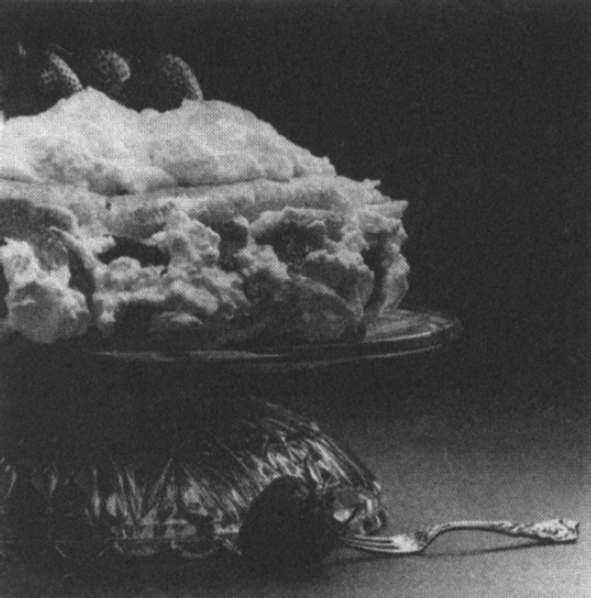

From every Southern state, and from a multiplicity of subregional backgrounds and locales, the hosts and their guests assembled a grand banquet of authentic Southern culinary treasures. There was the traditional New Years Day good-luck vegetable, black-eyed peas, cooked with hog jowl and served with ricean ancient dish somehow pegged with the name hoppin Johnand there was another good-luck food, collard greens, their color symbolizing money and promising rising fortunes. With them on the main table and the sideboards were such time-honored favorites as candied yams, fried okra, green beans, stewed tomatoes, cole slaw, congealed salad, ambrosia, pan-fried chicken, barbecued pork shoulder, Brunswick stew, smoked fish, roast venison, cornbread, and hot biscuits. The drinks ranged from buttermilk to bourbon, and the desserts included pecan and sweet potato and black bottom pies, fudge brownies, and a spectacular snowball icebox cake. From the first nibbles of cheese straws and salted pecans to the last sips of boiled custard, the food was altogether worthy of the rich heritage from which it sprang.


